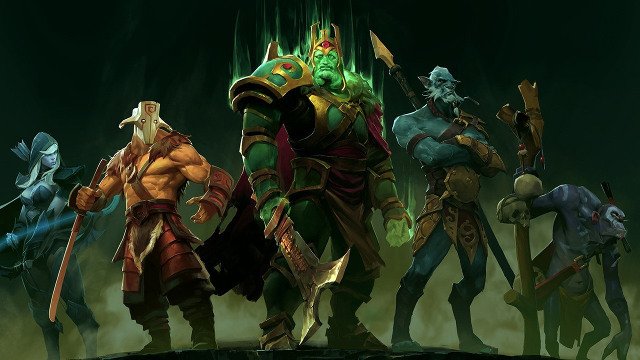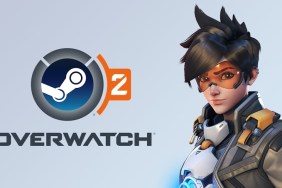Dota 2 is fast-approaching its seventh annual International tournament, with a free-to-play and eSports model that has made Valve literally billions of dollars since the game’s release near the beginning of the decade, and it’s still going strong.
Like any successful product, Dota 2 is flypaper for naysayers who have long insisted that the game is destined for failure in one way or another. They’ve been around since the beginning and they’re still here today. Here are the most glaring ways people have and continue to underestimate Dota 2.
“There’s No Way Dota 2 Will Be Free”
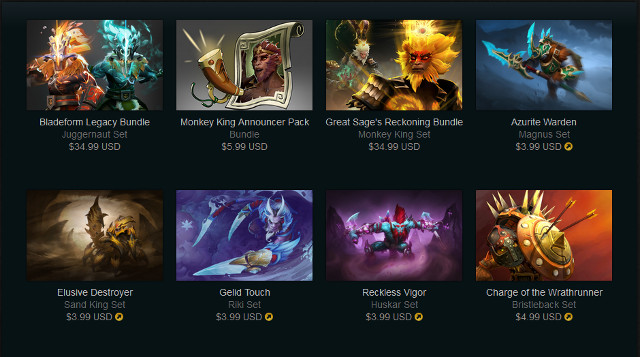
This went around everywhere. Just check the NeoGaf post where Dota 2 was announced. Anyone who suggested the game might be free-to-play was essentially laughed out of the building.
In the early days of the Dota 2 Beta, people estimated that Dota 2 would cost anywhere from a modest $15 all the way up to a much more bullish $50, so the community was understandably shocked to find out that Dota 2 would be free-to-play.
Even more shocking was exactly how Dota 2 was free-to-play: not a single purchasable item would, in any way, affect gameplay. There would be no way to gain a competitive advantage with money, including Valve’s most surprising move: making its roster of upwards of 100 heroes (since surpassing 100) available in full to everyone. No purchasable hero unlocks. This set it way above its other MOBA competitors, including, of course, League of Legends, which charges for heroes while having a rotating basis of free heroes.
“Well, Dota 2 Won’t Make Any Money Then”
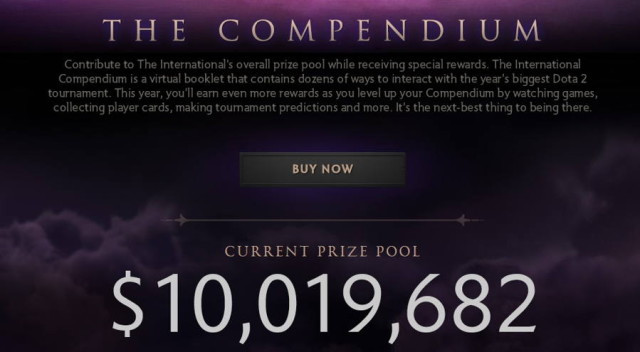
Hindsight gives us more than enough reason to laugh at this, since Dota 2 has essentially become Valve’s own personal printing press. But, even at the time, it was hard to see where this logic was born. After all, Valve showed they were using a similar model to Team Fortress 2, which one analyst estimated pulled down $50 million in revenue from its free-to-play microtransactions.
Doing further research, I was surprised to see that the question of whether or not Dota 2 will make money extended well into 2014, which was the first year the game’s annual International Tournament passed $10 million in total prize pool. Valve crowdfunded this prize by selling International-themed items (all cosmetic, of course), where 25 percent of the proceeds went to the prize pool, and 75 percent went directly to Valve.
That means that, excluding ticket sales, Valve took in close to $30 million in revenue from the 2014 International, and that total has only gotten bigger in the following years. And eSports earnings were just a slice of the pie, as Dota 2 was reportedly part of a three-game combination (with TF2 and CS:GO) that brought in $400 million of revenue in 2014.
“Dota 2 Will Only Be Big In Asia”
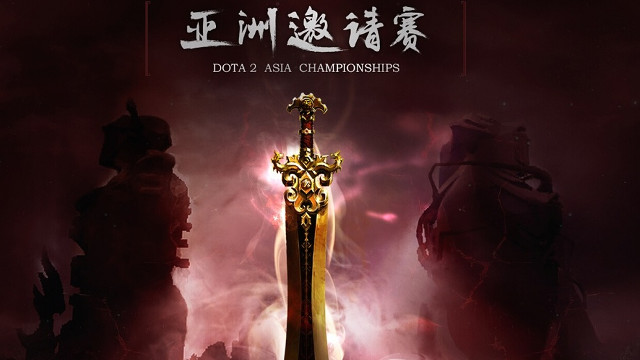
All right, I can see the logic here: the original Defense of the Ancients was much bigger in countries such as China, as was Warcraft III, from which it was modded into existence.
Again, this didn’t turn out to be the case. In the wake of StarCraft II’s collapsing eSports scene, many other nations started to pick up on Dota 2, going where the money went. It quickly became big in Europe, and the United States, with Evil Geniuses claiming the 2015 International title becoming the first America-based team to do so. The most recent Valve-sponsored tournament, The Kiev Major, featured qualifiers from six different major regions throughout the globe.
And, in a sign of further growth, the Brazilian Dota 2 team SG e-Sports made a huge splash at the Kiev major, which many predicted would further inspire other South American teams to join in the game.
“Dota 2 Won’t Be a Popular eSport”
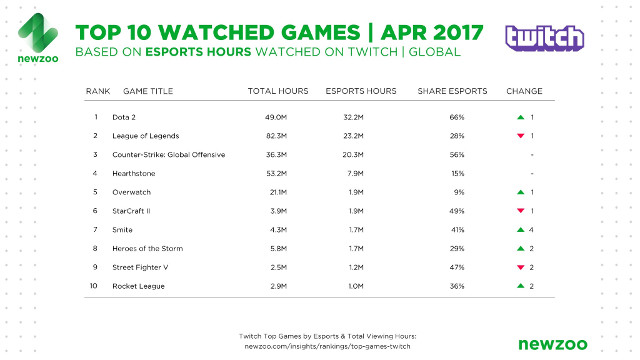
Was Dota 2 entering a crowded market in 2012? Certainly. StarCraft II was still in play, there was and is the ever-popular League of Legends with which to compete. So that’s why you saw articles predicting Dota 2’s eSports failure before it even got off the ground.
And, while that sentiment was way back in 2011, you’ll see article after article questioning the potential of Dota 2 as an eSport even up until this day. While these articles and comments have compelling anecdotes and rhetoric, that’s about all they have.
Beyond anecdotes and rhetoric, though, the facts of Dota 2 paint a very favorable picture of Dota 2’s esports potential. In addition its diverse appeal and high prize pools (which we’ll talk about), it also has massive appeal among eSports viewers. As eSports statisticians at Newzoo reported, Dota 2 was the most-viewed eSport on Twitch during April 2017, surpassing even League of Legends by a margin of 10 million viewers.
“Large Prize Pools Will Fade and Dota 2 Will Die”
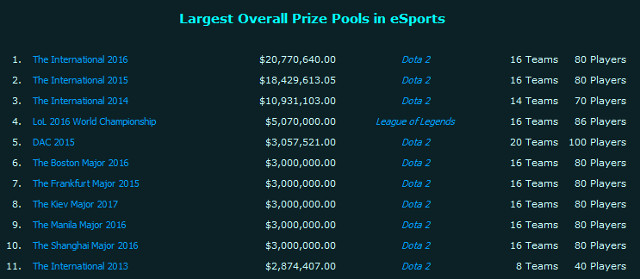
This rhetoric didn’t start until after Dota 2 began to really hit it big in the eSports scene, after the aforementioned $10 million prize pool. While many were reacting appropriately impressed with this milestone that had never been achieved before, and still has yet to be achieved by any other eSport, there were also those who wanted to take a more edgy, contrarian approach to this topic, talking about how large prize pools are useless, or that they’re dangerous.
One particular article warned that these prize pools are like a bubble that will eventually pop, and any decrease or even a slow growth would be seen as a failure and people would lose interest, as though a decrease in prize pool of a million or two would cause its millions of players to say “game’s dead, time to move to LoL.”
Granted, there is still time for this to be true, but it hasn’t happened yet, and doesn’t appear to be happening any time soon. The International 2017 already has a prize pool of $10.3 million, raised after a record 15 days, surpassing last year’s record 19 days. Better yet, this prize pool will continue to raise the total prize pool until the start of the International in August, leaving more than two solid months of crowdfunding.
Has growth slowed? Sure. TI 2016’s prize pool was only $2 million greater that TI 2015’s, which is another way of saying that its prize pool “only grew” by a figure more than most eSports tournaments payout in total. More than that, eSports Betting Report predicted that this year’s prize pool will grow to more than $23 million in the worst-case scenario, with a more bullish estimate of $25 million. Yeah, Valve’s in real trouble.
